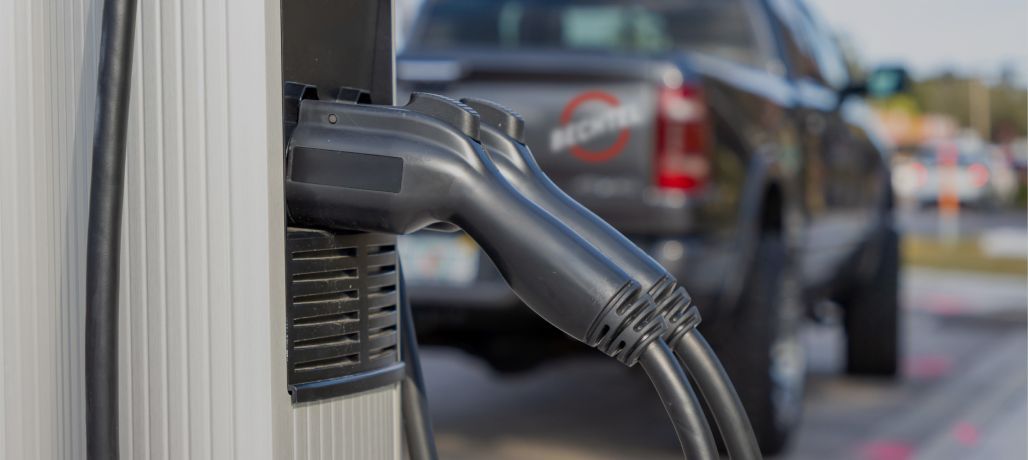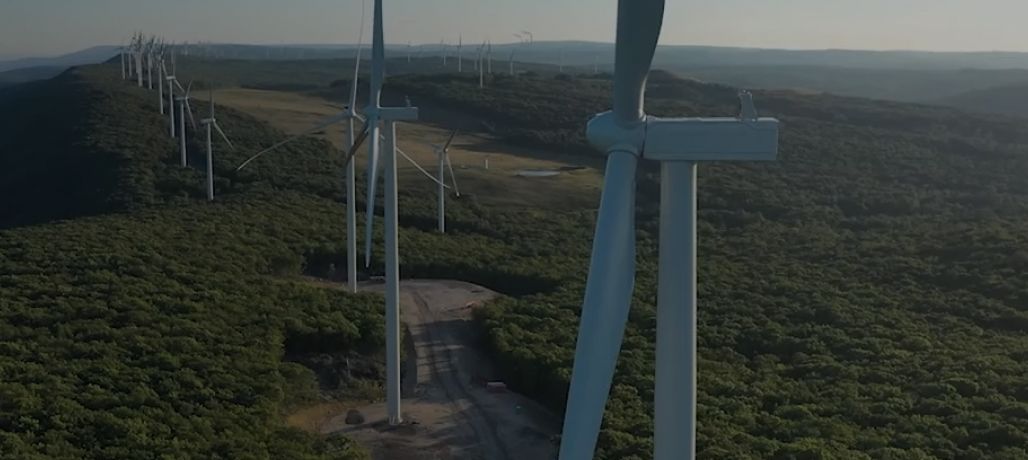For generations, Bechtel has been entrusted by the U.S. government and governments around the world to design, build, and manage projects that make delivering a safer and more secure world possible.
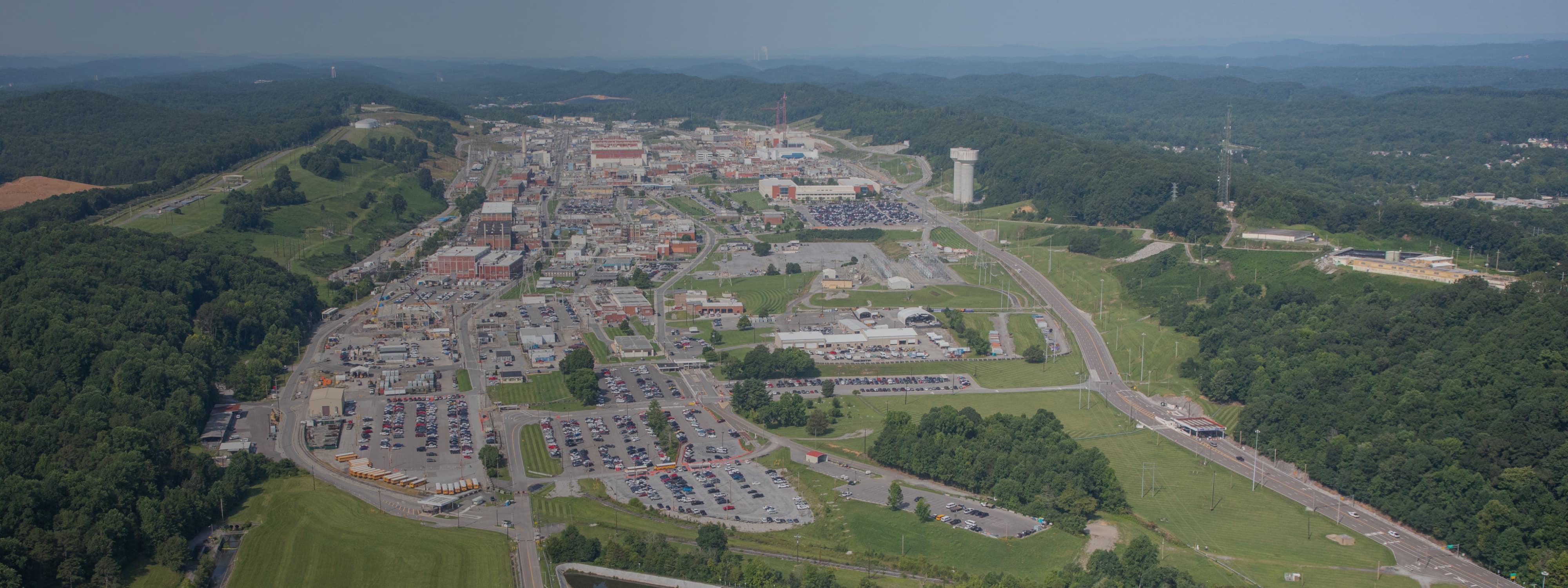
Secured
-kXx9QdWaUD-660w.jpeg)
“Delivering a safer and
more secure world.”
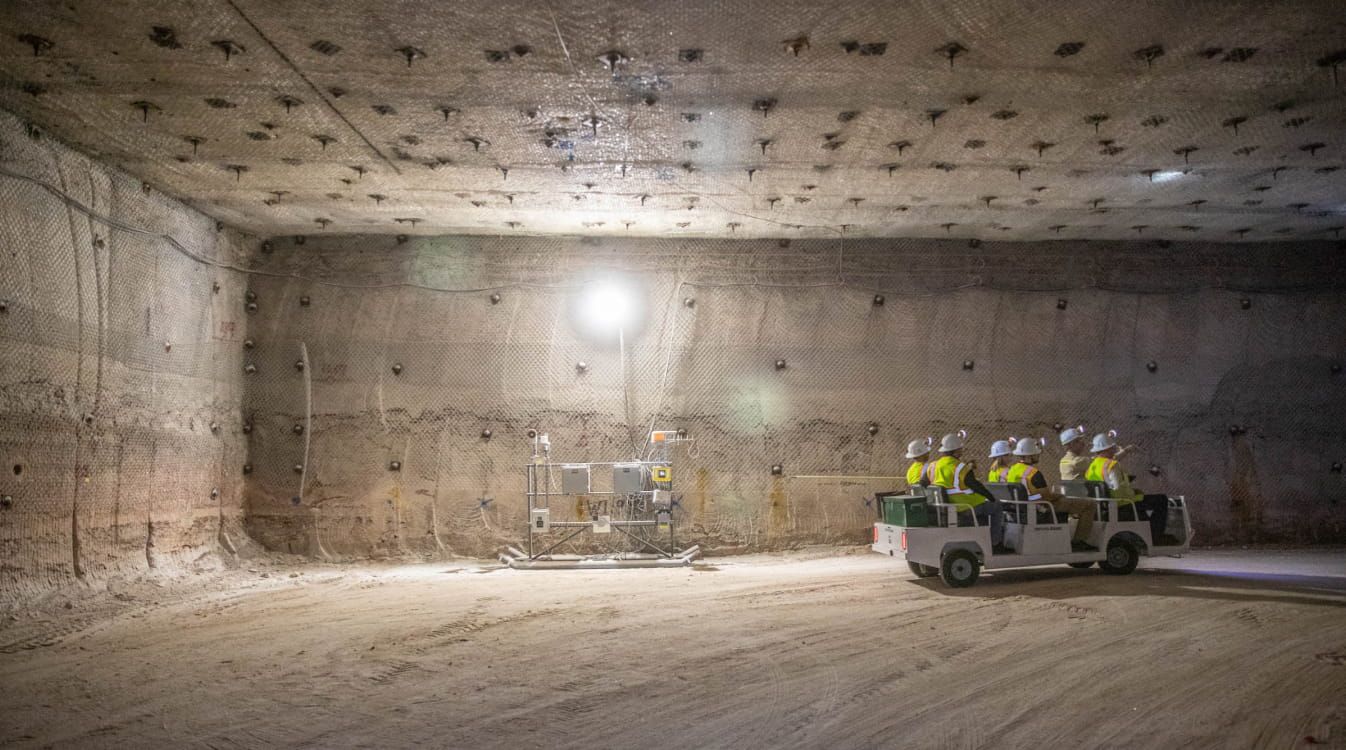

Waste Isolation
Pilot Plant
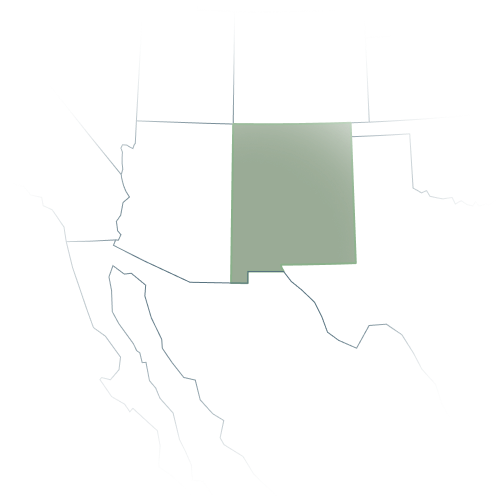
Bechtel manages and operates the Waste Isolation Pilot Plant (WIPP) for the U.S. Department of Energy. For more than 20 years, our team has been at various sites overseeing the safe and permanent disposal of legacy waste from nuclear weapons production and nuclear defense activities. Bechtel has been trusted with managing the nation’s only deep underground repository for defense-related transuranic nuclear waste.
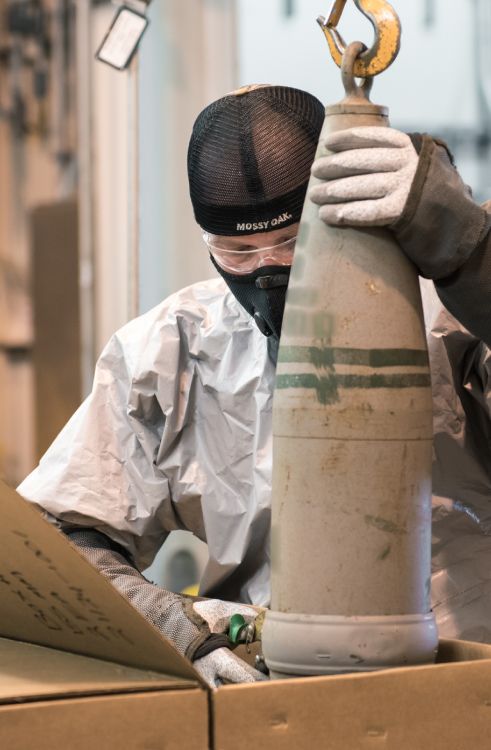
Blue Grass Chemical Agent-Destruction Pilot Plant
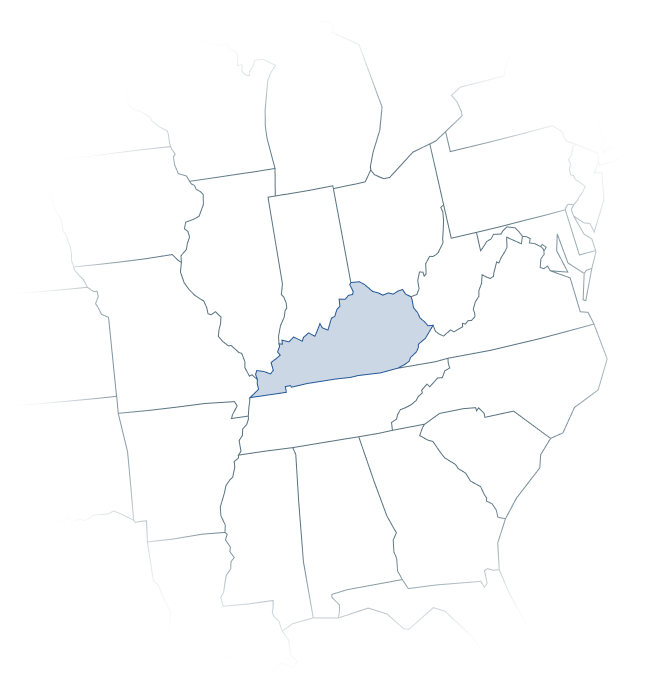
In 2023, a Bechtel-led team made history by safely destroying the last of the United States’ declared chemical weapons stockpile—some of which was left over from World War II—at the Blue Grass and Pueblo Chemical Agent-Destruction Plants in Kentucky and Colorado, respectively. At Blue Grass, our team destroyed more than 100,000 mustard agent and nerve agent-filled projectiles and rockets using neutralization and explosive destruction technologies. The final munition stored at the Blue Grass Army Depot was safely destroyed in July 2023. Now, secondary waste is being destroyed through BGCAPP’s ongoing Static Detonation Chamber operations, while the decontamination, decommissioning, and demolition work of the main plant is underway.
-1-tRxJ2vcOrg-1345w.jpeg)
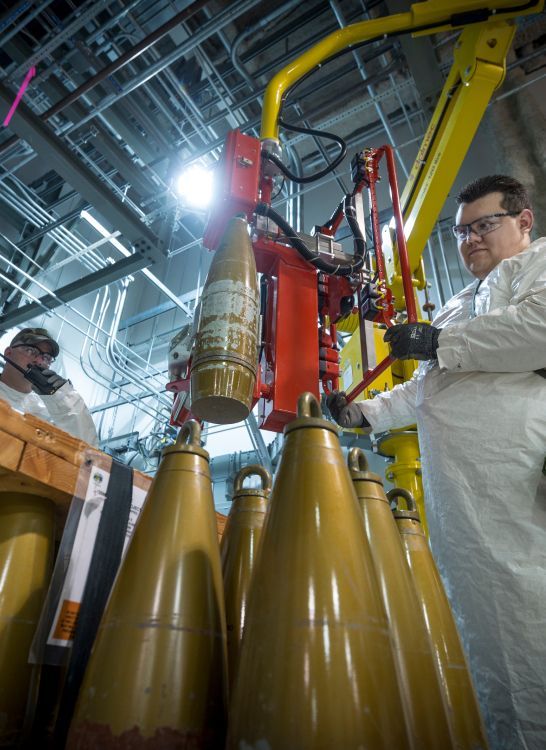
Pueblo Chemical Agent-Destruction Facility
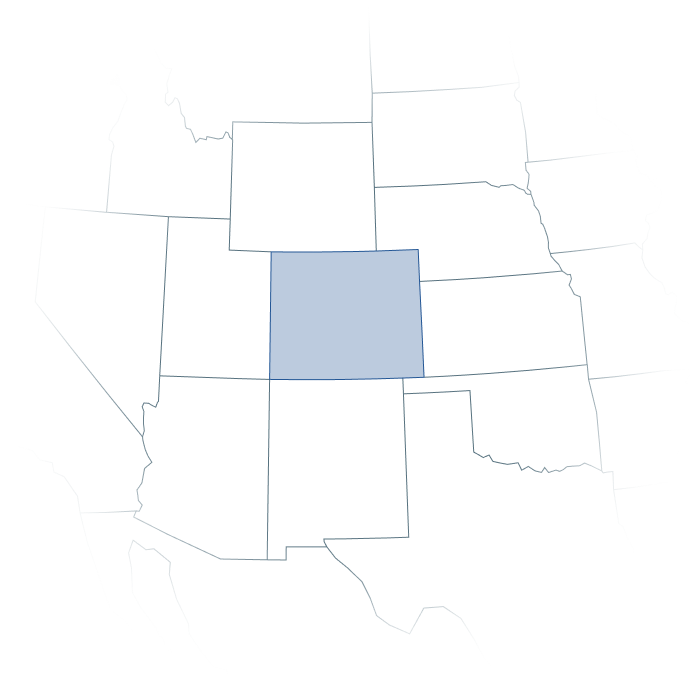
As part of the U.S. Department of Defense’s commitment to the 1997 Chemical Weapons Convention, Bechtel was contracted to design, build, test, operate, and close a first-of-its-kind plant at the U.S. Army Pueblo Chemical Depot in Colorado that would successfully and safely destroy 2,600 tons of mustard agent-filled projectiles and mortar rounds (over 700,000 munitions total). The final munition was destroyed on June 22, 2023, months ahead of schedule. Decontamination and demolition work has now been initiated at our main plant facility.
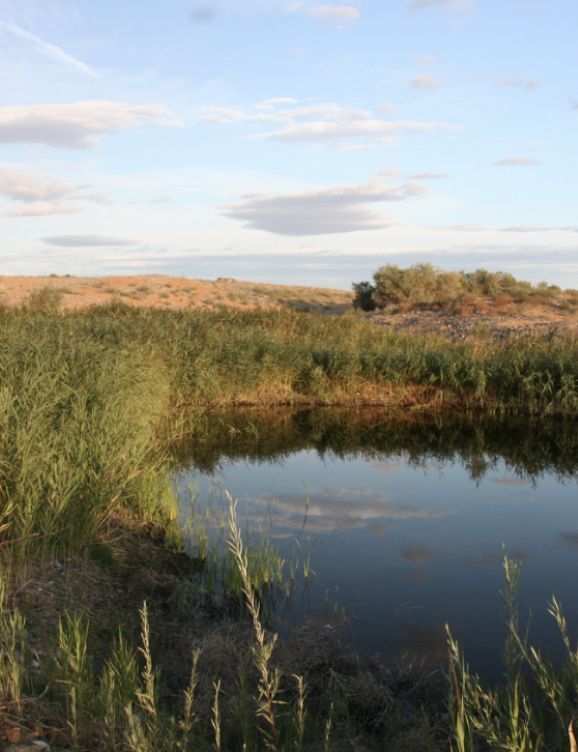
Hanford Waste Treatment Plant

We’re continuing to work with the U.S. Department of Energy at the Hanford Waste Treatment and Immobilization Plant on one of the most challenging environmental projects in history. Bechtel is designing, constructing, and commissioning the world’s largest and most sophisticated radioactive waste treatment plant to stabilize plutonium byproduct waste that dates back to World War II and the Cold War. Our mission is twofold: safely dispose of this historical waste and ensure the safety of the Columbia River and the surrounding communities in Washington State. In 2023, we achieved historic milestones—heating the first melter to our target 2,100 degrees Fahrenheit and completing the first set of test glass pours into stainless-steel storage containers, bringing the plant one step closer to transforming nuclear waste into a glass form for safe storage.
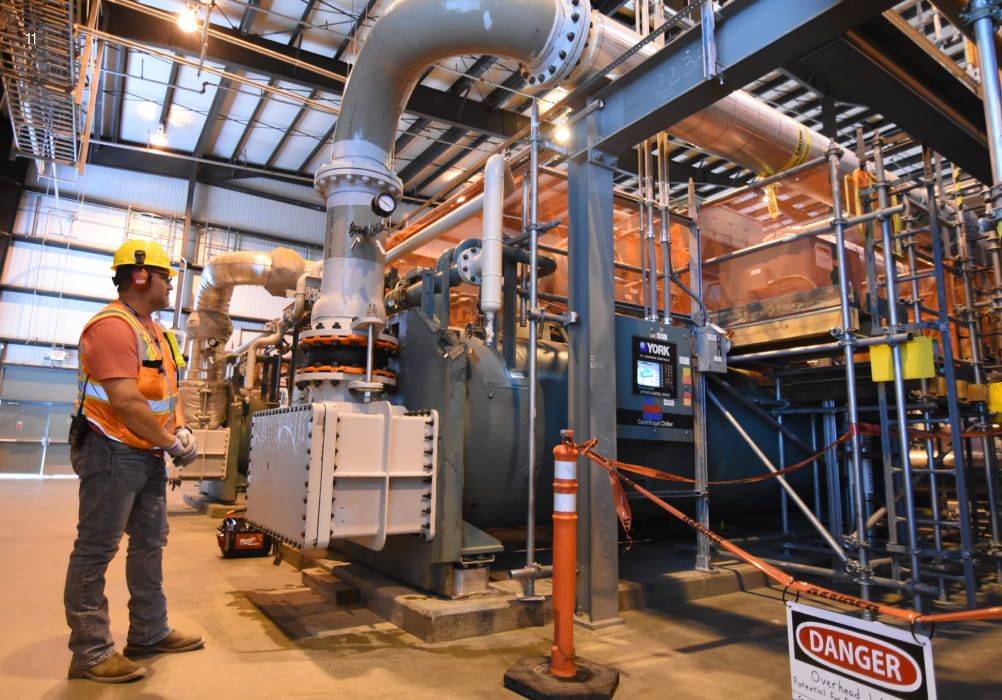

Lawrence Livermore U.S. National Laboratory (LLNL)
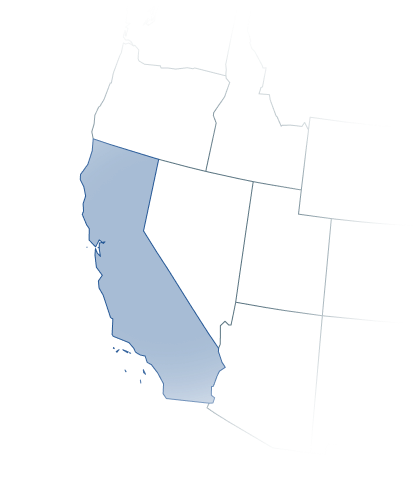
LLNL’s mission is to enable U.S. security and global stability and resilience by empowering multidisciplinary teams to pursue bold and innovative science and technology. The team helps provide project support and capital project execution and helps to create an environment in which research and national security science can thrive. Working with the University of California, a Bechtel-led team recently achieved historic breakthroughs atLLNL. The innovations will help further the United States’ security and technological capabilities.
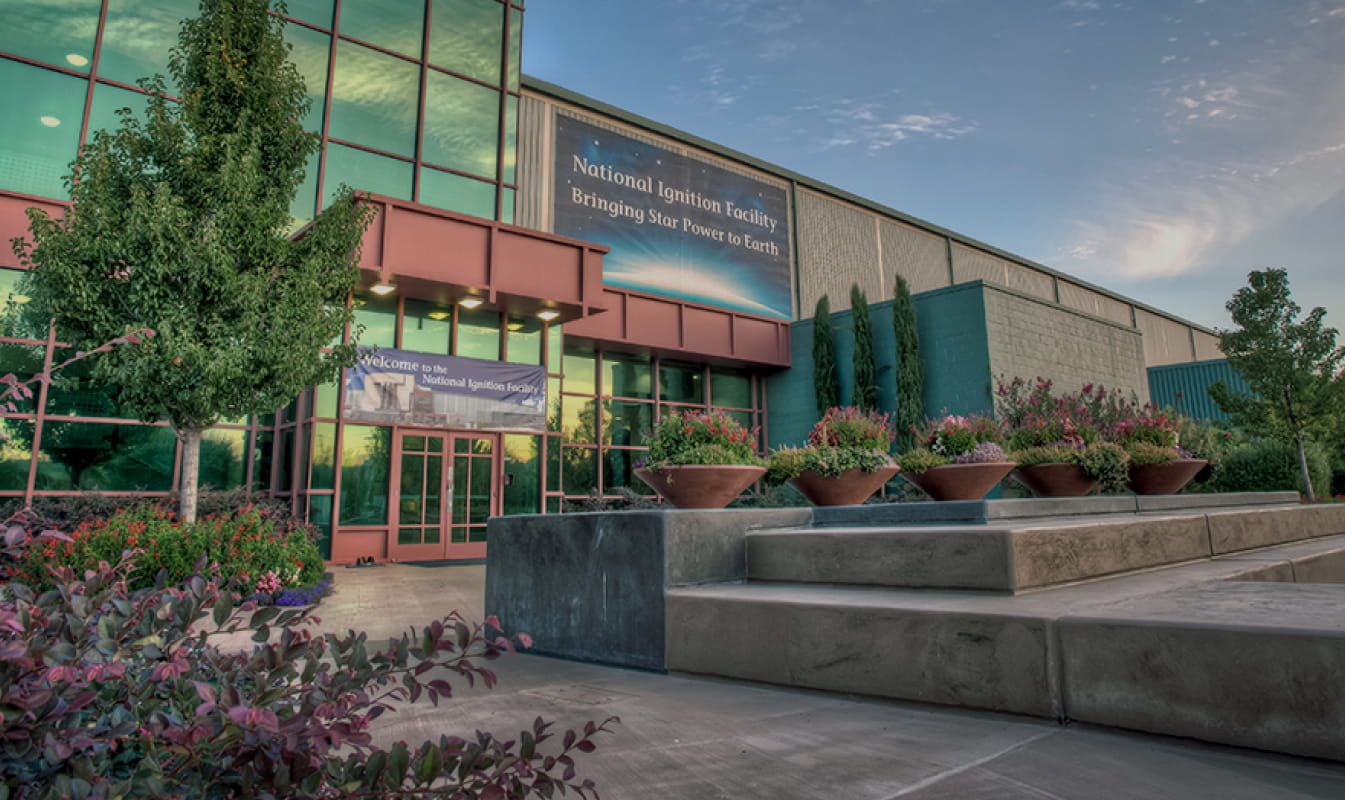

- Exterior patio of the National Ignition Facility by Lawrence Livermore National Security, licensed under CC BY-SA 3.0 DEED.
- NNSA's National Ignition Facility at LLNL made an historic record-breaking laser shot on July 5. The NIF laser system of 192 beams delivered more than 500 trillion watts (terawatts or TW) of peak power and 1.85 megajoules (MJ) of ultraviolet laser light to its target.
Fusion Breakthrough
LLNL achieved fusion ignition, providing unprecedented capability to support national security and laying the first steps in a fusion energy future. This was enabled by 60 years of innovative research and development in lasers, computer modeling and simulation, experimental design and much more.
- Exterior patio of the National Ignition Facility by Lawrence Livermore National Security, licensed under CC BY-SA 3.0 DEED.
- NNSA's National Ignition Facility at LLNL made an historic record-breaking laser shot on July 5. The NIF laser system of 192 beams delivered more than 500 trillion watts (terawatts or TW) of peak power and 1.85 megajoules (MJ) of ultraviolet laser light to its target.
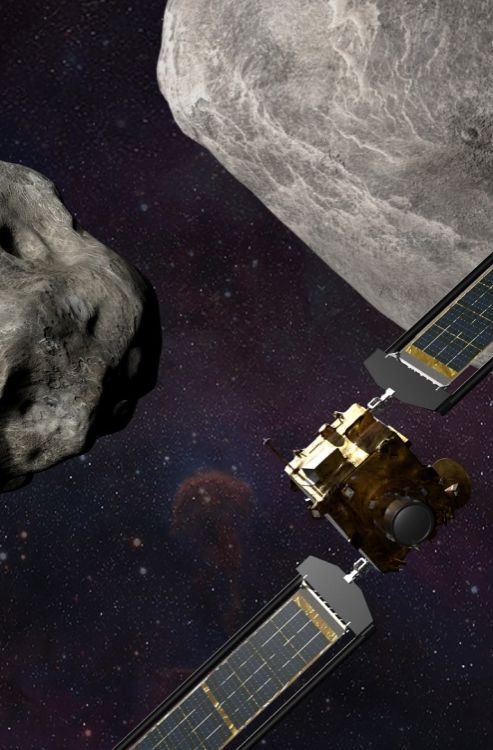
NNSA’s First Exascale Supercomputer
LLNL began installing components in May 2023 for NNSA’s first exascale supercomputer, El Capitan. An exascale supercomputer can calculate at least one quintillion (1,000,000,000,000,000,000+) Double Precision (64-bit) operations per second (one exaflop). When it is deployed in 2024, El Capitan is projected to be the world’s most powerful supercomputer capable of performing more than two exaflops per second. Funded by NNSA, El Capitan will ensure the safety, security, and reliability of the nation’s nuclear stockpile in the absence of underground testing.
- NASA/Johns Hopkins, APL/Steve Gribben. Lawrence Livermore takes part in NASA’s first planetary defense test

